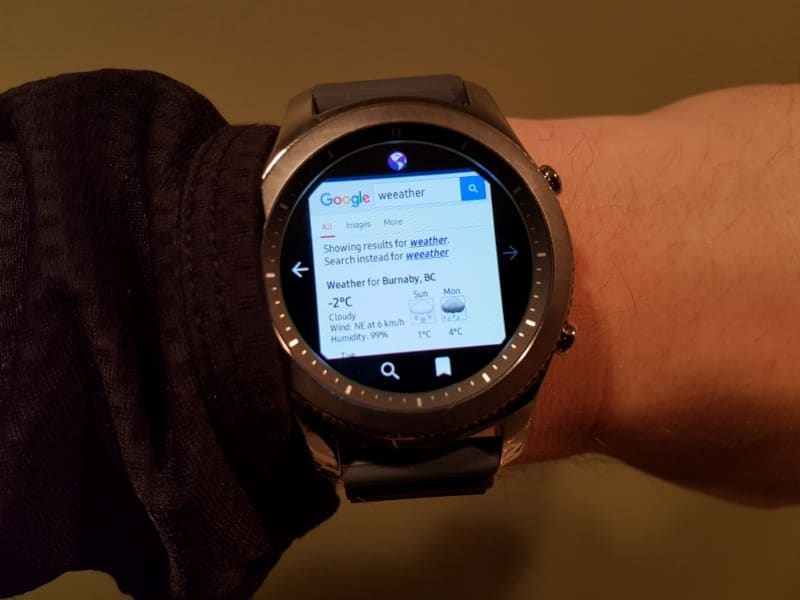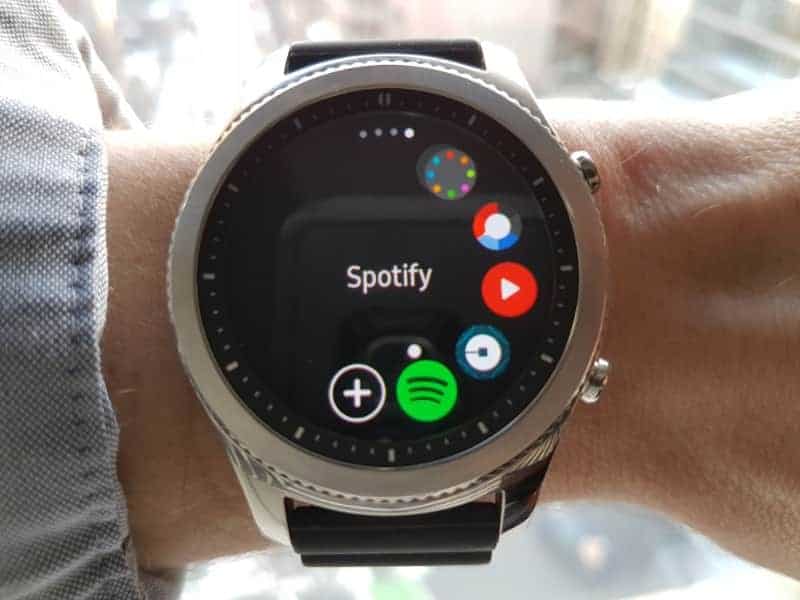People may judge the fashionable and stylish as being shallow and materialistic, but the truth is vastly different. Fashion is a mode of expression. It is a ...

Table of Contents
- What Makes a Person Fashionable?
- Finding Your Personal Style
- Our Top 5 Tips for Being More Fashionable
- Final Thoughts
People may judge the fashionable and stylish as being shallow and materialistic, but the truth is vastly different. Fashion is a mode of expression. It is a way of showing the world who we are and what we’re about.
Fashion is also a form of protection. As legendary fashion photographer Bill Cunningham once said: fashion is the armor to survive everyday life.
Putting on clothes that compliment you gives you confidence. It allows you to walk boldly into the world and feel powerful.
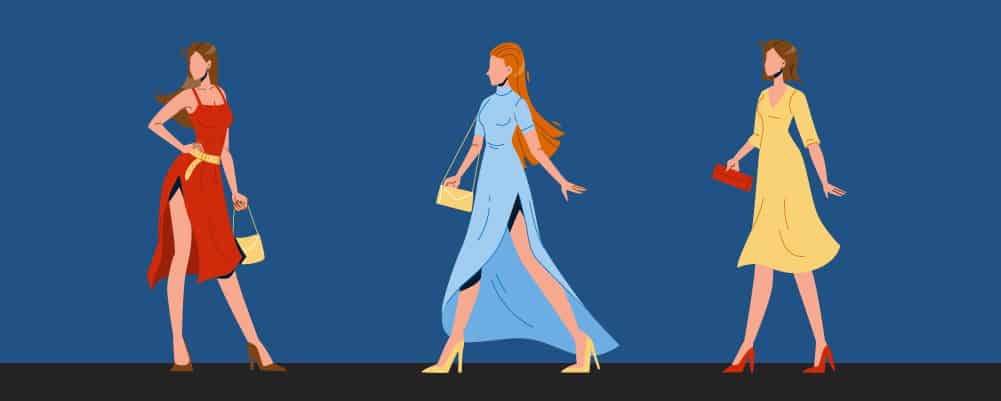
For some people, fashion is easy. They have an instinctive sense of style that helps them navigate the ever-changing fashion world. For others, fashion and style can seem mystifying. If you fall into the latter group, then you’re in the right place.
This article will help you understand what fashion is and how to take control of it. It will give you tips and advice for creating a more fashionable wardrobe and how to stay on top of fashion trends.
What Makes a Person Fashionable?
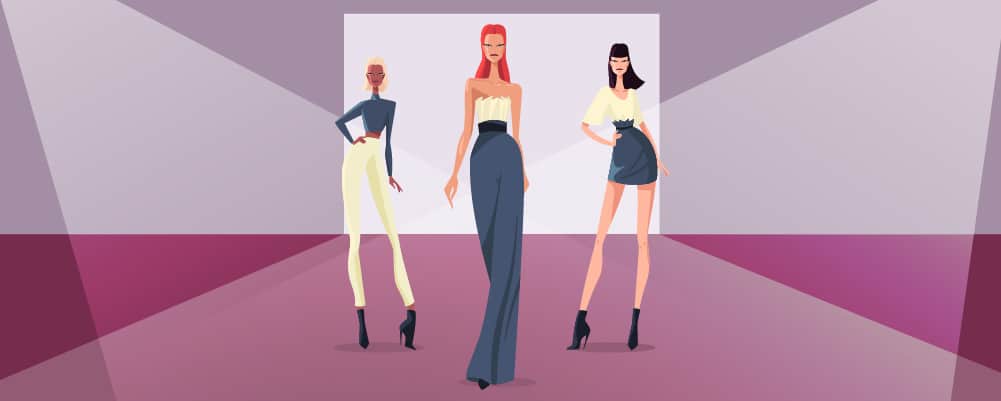
The first thing you need to know about fashion is that it’s not the same thing as style. Designer Yves Saint Laurent said it perfectly when he said, “fashions fade, style is eternal.”
Style is a personal look and aesthetic. In the fashion world, style is generally short for personal style. Some people are more stylish than others because they have a better understanding of what suits them and their body.
Your style can change over time but it’s generally a more gradual change than the changes we see with fashion.
A person with a sense of style is generally able to make fashion work for them. They can pick out items that suit their personal style and complement their body. Style is a skill, in that sense.
Fashion is more transient and societal. Usually, fashion refers to the trends of the day. It is often an amalgamation of the most loved and prevalent styles around at the time.
The fashion industry is predicated on the fact that fashion changes. Shops, designers, and magazines sell because they promote the next best thing.
Fashionable people keep themselves well informed of the latest trends and designs. In essence, fashion sells whereas style buys.
Where style is a personal guiding principle, fashion is a cultural or societal guide. Fashionable people wear clothes that are popular or on trend at the time. Their choices are informed by popular convention, influencers, and experts.
If you want to be a fashionable person, you need to first hone your style skills. Once you’ve got the basics of style you can apply your knowledge to the fashions of the day.
Finding Your Personal Style
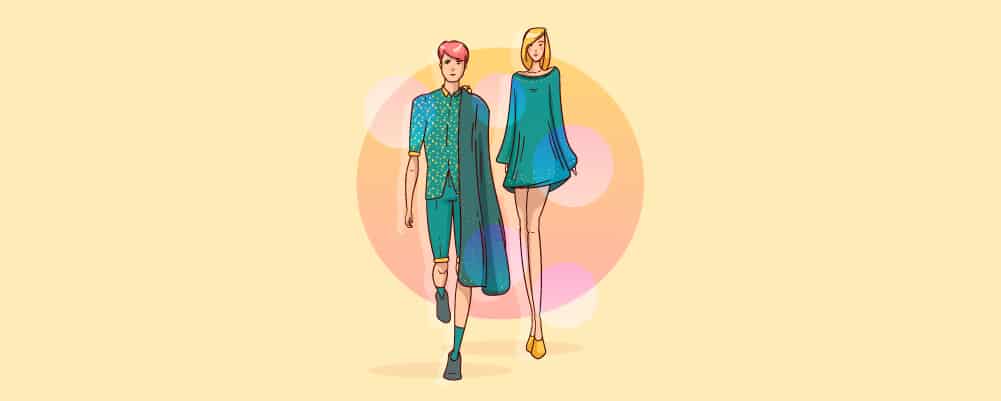
Developing your understanding of style and then your own personal style takes time. Like any skill it needs to be practiced time and time again.
For most people, the biggest hurdle is knowing where to start. The world of fashion can be incredibly overwhelming. This is especially true if you’ve gone most of your life without thinking about what you wear.
Luckily, you don’t have to go all out and change your wardrobe right at the start. In the beginning you want to focus on observation, imitation, and exploration.
Observation
Before you start thinking about your own style and what might look good on you, focus on people around you.
Having an eye for style and fashion is going to help you out so much.
To develop this skill, you need to pay close attention to the clothes people wear.
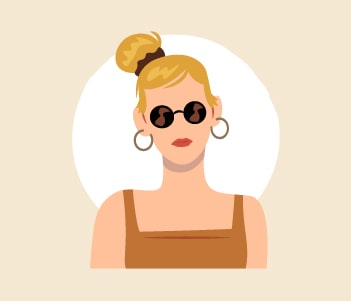
When you’re out and about, look at the colors people are wearing, how they accessorize, what kind of cuts flatter different body types, what shoes do they pair with their outfit.
Try not to be creepy and weird about it. Don’t leer at people on the subway or stalk them to check out their outfits. Instead, try to make a mental note to give people’s clothes the once over when you meet.
Pay particular attention to people who dress well or have a style that you like. If they’re a co-worker or friend that you see more regularly, try to identify the staple pieces that they wear frequently.
Once you’ve got the hang of identifying styles and clothes that you like, begin to think about what it is that draws your attention and why.
Asking yourself why you like an outfit will force you to think about the details that you can bring to your own style.
For example, you might find yourself drawn to a particular color palette or perhaps the clean lines of certain outfits.
Make a mental or physical note of these. When you come to put your wardrobe together, the list of things you like will be invaluable to you.
Imitation

They say the highest form of flattery is imitation and you’re going to get good at imitating people!
Don’t listen to the sourpusses who say that you’re copying people’s outfits.
At the end of the day, that’s just how humans learn.
If you spot a look that you like, take note of the different pieces. Try to replicate the look using items in your wardrobe. Think about the colors that were used, the lines and cuts, and any patterns.
When you’re wearing the outfit, make sure to think critically. Identify what you like about it on you and what you’re less keen on.
You might find that the things you liked about the outfit originally are the things you hate when you’re wearing the outfit. That’s fine. Colors, cuts, patterns, fabrics, and accessories (such as hats) sit differently on everyone.
The key thing is to keep repeating this exercise. Be critical but kind to yourself when imitating outfits and styles. I know it can be disappointing when you love an outfit, but it just doesn’t work on you.
Try to remember that there is a perfect outfit just waiting to be found. Imitation helps you develop your sense of style on two levels.
Firstly, it hones your critical, detail-oriented eye. Focusing on replicating makes you pay close attention to the outfit and to the clothes you own.
It encourages you to zoom in on details like cut, shape, and color. These are key terms that you need to succeed in the fashion world.
Imitation also acts as a matching exercise. If you don’t know what a peplum cut is it doesn’t matter if you can match pieces by eye.
The second benefit of the imitation exercise is that it lets you narrow down your personal look. Trying things out in this structured way lets you explore things that may be out of your comfort zone.
It’s a bit like riding a bike with the training wheels still on. You have the support system in place to keep you on the right track. When imitating looks and outfits you don’t have to worry about making choices for yourself straight away.
Exploration
Once you’ve got the hang of identifying details and you’ve weeded out some stylistic choices, it’s time to go wild!
Every fashionista out there will be able to regal you with story upon story of poor fashion choices from their experimental phase.
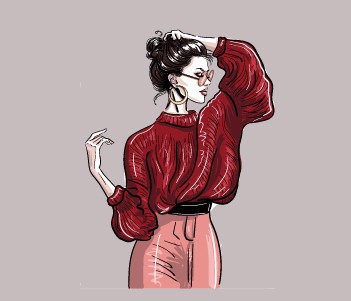
It’s something we all go through and come out better. You won’t know if your style is bright colors and bold cuts or neutral tones and clean lines until you try.
You don’t have to spend hundreds of dollars on clothes you’re not going to wear again. In your experimental phase you want to find a way to try before you buy.
This could mean spending longer than normal in the changing rooms getting a feel for the look. Our advice is to pick up something different every time you go shopping. Try it on, sit with it for a moment and apply your critical eye.
You could also borrow clothes from stylish friends. This works well if you like their style in general. Trying on some of their pieces is a low-cost way of exploring looks.
In some places you may be able to take advantage of rental fashion. Rental places let you borrow pieces or outfits for a fee.
This is a great way to try new looks, colors, and styles without the commitment. It also means that you can bring the piece home and try pairing it with your wardrobe.
The key to successful exploration is to be brave. Challenge yourself to try new things every time you go shopping.
This could be a new color, a new pattern, or a new store. It will be nerve wracking at first, but you’ll find some wonderful pieces that make you feel great.
Fine Tuning Your Style
Once you have a better idea of what you like and what you don’t like, as well as what looks good on you and what doesn’t you can start to refine your style.
One of the best things to do is create a mood board. Fill it with colors you like, staple clothing pieces, and other things that match your vibe or just scream ‘you.’
This mood board will be helpful when it comes to choosing new clothes. If it doesn’t match the mood board then think twice about it.
You can make a mood board the old-fashioned way with glue and paper if you want or you can go digital. Websites like Pinterest allow you to constantly add to your mood board when you come across clothes you love.
Similarly, you can use the bookmark tag on Instagram to keep track of outfits you love.
Another thing you might want to consider is your signature items. It could be a color, a print, an accessory, or anything really. The key is that it accentuates your personality and your style.
Think about the big fashion icons, Marylin Monroe had her blond locks, Audrey Hepburn had her little black dress, Harry Styles is at home in androgenous cuts, Lizzo rocks bright colors and leotards.
You need to find your little black dress or bright leotard. When you’ve got your signature piece or look, you’ll find it a lot easier to build outfits.
For instance, if sunglasses are your thing, you know that you can start creating a look from the glasses down.
Our Top 5 Tips for Being More Fashionable
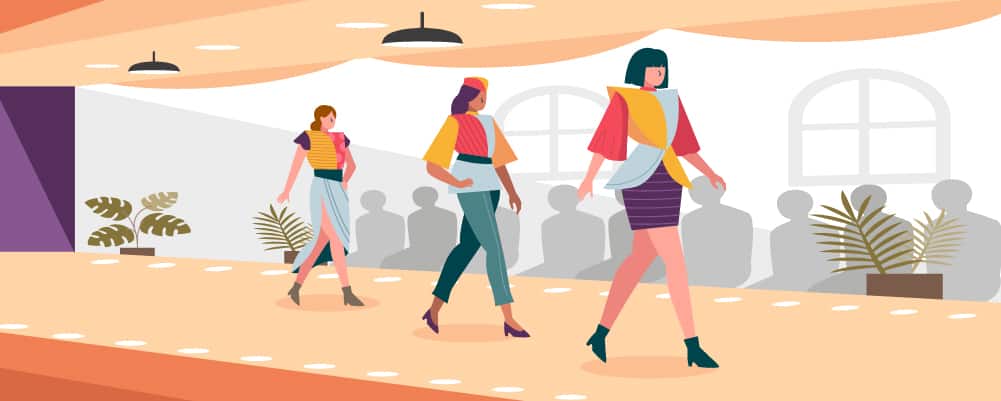
Once you’ve established your style, it’s time to start looking at fashion. As we mentioned, fashions come and go. To be fashionable means adapting these trends to your personal style. It also means recognizing when a fashion just isn’t for you.
In this section, we’re going to talk you through our top 5 tips for being more fashionable.
These are general hints and tricks that you can use no matter what’s in fashion. If you can master these, you’ll be looking and feeling wonderful all year round.
1. Make Sure Your Clothes Fit Properly

One of the biggest mistakes people make is wearing poorly fitted clothes.
Sometimes it’s because of a general lack of knowledge about what clothes are supposed to fit like.
Other times people drown themselves in overly baggy clothes to hide lumps and bumps.
The fact of the matter is, once you wear properly fitted clothes you won’t want to go back. A well fitted outfit makes you feel comfortable and confident.
The big question really is ‘how should your clothes fit?’
Below is a table that talks you through the best fit for different items of clothing. It’s important to remember that some styles and cuts will go against these general guidelines.
| Clothing | Men | Women |
| T-Shirts | Collars should sit at the base of the neck. You shouldn’t see collar bones or chest. The stitching along the shoulders should finish just where your arm meets your shoulder. Sleeves should finish in the middle of your biceps, not the elbow. Around your chest and body, you want a little breathing space. If you can see every lump and bump, then it’s too tight. The hem should come about halfway down your fly. Any longer and it will poke out of layered sweatshirts or jackets. Higher than your fly and it will ride up. | Collars should sit at the base of the neck. You shouldn’t see collar bones or chest. The stitching along the shoulders should finish just where your arm meets your shoulder. Sleeves should finish in the middle of your biceps, not the elbow. Around your chest and body, you want a little breathing space. If you can see every lump and bump, then it’s too tight. Be sure to check the waist and bust for tightness. Again, you want a little bit of space so your bra outline can’t be seen. The hem should come about halfway down your fly. Any longer and it will poke out of layered sweatshirts or jackets. Higher than your fly and it will ride up. |
| Blouses/Shirts | With the top button done up, you should be able to place two fingers inside your collar. It shouldn’t pinch the neck or sag at the neck. Shoulder seams should lie flat against the shoulder. They should finish just where the arm meets the shoulder. Cuffs should sit at the join between wrist and hand. The sleeve itself shouldn’t billow like a pirate shirt. It should be close but not snug all the way down the arm. The body of the shirt should sit close to the body with a little breathing room. If you can see the shape of your muscles or body, then the shirt is too tight. If the shirt billows or makes a muffin top when tucked in, then it’s too large. | Collars should rest against the base of your neck at the back. The neckline should plunge to the first button smoothly. Shoulder seams should lie flat against the shoulder. They should finish just where the arm meets the shoulder. Cuffs should sit at the join between wrist and hand. The sleeve itself shouldn’t billow like a pirate shirt. It should be close but not snug all the way down the arm. Your buttons should not gape at the bust or pull when done up. The body of the shirt should sit close to the body with a little breathing room. Make sure it fits around all areas of your body including the waist, bust, and tummy. Avoid billowing sleeves or hemlines. If you’re getting a muffin top when tucking in, then it’s too big. |
| Jeans | It’s important to remember that there are lots of different jean cuts. Some of these fitting rules won’t apply to particular cuts. At the waist, jeans should fit comfortably without a belt. You should be able to fit a finger or two into the waistband. Around the butt you should feel the jeans but not be restricted by them. You should be able to lift your legs and squat without feeling like they’re about to rip. You should not have spare fabric hanging around the butt. If you can grab a handful, it’s too big. To check the fit around the thighs and calves you need to pinch vertically by the seam. You should be able to grab about an inch of fabric. When it comes to the length, you need to pay attention to the break. A break is where the fabric creases and folds. With jeans, the break is caused by the hem resting on your shoes. A full break is where the hem sits on top of the shoe creating a large crease. A slight break is created when the hem rests lightly on the shoe. Anything between a slight break and a full break is acceptable. | Women’s jeans tend to have a closer fit but as with men’s jeans different cuts will bend or break these rules. The waistband should be comfortable but snug. You should be able to fit one or two fingers into the waistband. In the back, your jeans should hug your butt but not be so tight to show the lines of your underwear. In the front, you want to make sure that you don’t get crease lines. If the front panel creases upward then the jeans are too tight. If the creases sag downwards then they’re too big. Similarly, the front pockets shouldn’t gape or sag. The crotch area should come to the top of your thigh. It shouldn’t be touching your crotch, but it shouldn’t be sagging either. Along the leg, the seams should run flat and parallel to your leg. You want to avoid jeans that bunch or pinch at the joints. The leg length will depend on the cut. Ankle jeans should hit your mid ankle, cropped jeans should be halfway down your calf, and full-length jeans should skim the shoe with one small break. |
| Dress Slacks | At the waist, your trousers should stay in place without a belt. You should be able to fit two fingers into the waistband. At the butt you should not have loose fabric, but you shouldn’t see outlines or underwear. The front panel should not divulge your bulge! Keep the fit nice and free. Down the leg, you should be able to pinch an inch or so of fabric along the seam. Key areas to check are the thighs and the calves. When it comes to leg style, thin or regular build men should consider a tapered leg. Larger built men should go for a straight leg. The hem of your pants should just graze your shoes creating a slight break. | At the waist, your trousers should stay in place without a belt. You should be able to fit two fingers into the waistband. At the butt you want a slightly snug fit. You don’t want to show off your assets, but you don’t want loose fabric. The front panel shouldn’t bunch, pucker, or crease when you’re standing. It shouldn’t be so loose that it sags either. Down the leg, you should do the pinch test. Keep about 0.5 – 1 inch of pinchable fabric all the way down. When it comes to the hem, it depends on the style. Cropped trousers should sit halfway down your calf, ankle grazers should hit your mid ankle, while full length trousers should skim your shoes and create a slight break. |
| Skirts | As skirts aren’t a popular choice amongst men, there aren’t specific guidelines for fitting these garments on men. However, if you fancy wearing a skirt, follow the guidelines in the next column. | The waistband should be comfortable but secure without a belt. You should be able to fit two fingers in the waistband. At the hips, the widest part of the body, you should be able to pinch an inch of fabric. This will give you room to move, bend, and sit gracefully. Any slits should hang closed when standing. However please note, some skirts may be designed to allow slits to be open. Side slits should hang parallel to your legs and perpendicular to the floor. Hemlines that are straight and symmetrical should be parallel to the floor all the way around. This means that you shouldn’t have part of the hem higher than others. The length of your skirt depends on your preference and the occasion. In general, keeping your skirt above or below the knee looks good. If you want to go longer, aim for the mid-calf or the ankle. Shorter, mini skirts should sit at a length that is comfortable and doesn’t expose your underwear. |
| Sweaters | Like shirts and t-shirts, the shoulder seams should sit on your shoulder. The seam should end where your shoulder and arm meet. Sweaters have a wide range of collar styles. As a rule, the collar should rest at the base of the neck at the back. The body should fit snugly without revealing the seams and lines of your shirt. You do not want your sweater to billow anywhere. The sleeves should finish at the base of your thumb unless you’re wearing a shirt underneath. In that case, you need the sleeves to finish about half an inch before the thumb. Lengthwise, you want the sweater to finish just below the waistband of your pants. | Like shirts and t-shirts, the shoulder seams should sit on your shoulder. The seam should end where your shoulder and arm meet. The collar fit will depend on the style of the collar. In general, the collar should sit at the base of the neck. The body of the sweater should be loosely grazing the body. It shouldn’t be tight to the bust, hips or tummy. Sleeves should finish just at the base of the thumb. If you’re wearing a shirt underneath your sweater, then the sleeve should finish about half an inch above the base of the thumb. The hem of your sweater should be just below the waistband of your pants or skirt. |
| Jackets/Blazers | A jacket hangs from the shoulders so it’s important to make those fit right. Like other tops, your jacket shoulder seams should lay flat against your shoulder. The end of the seam should stop just wear your shoulder meets the arm. The collar should fit the base of the neck without rolling. The top button on your jacket should be between 1 and 3 finger widths up from your belly button. It depends on how long your torso is. If the button is too high, it will end up bunching below the chest. Speaking of the chest, your jacket should sit flush to your chest. You want to avoid gaps or breaks in the chest. The length of your jacket should be between the two knuckles of your thumb. It’s supposed to cover most of your butt and crotch without reaching your fingertips. Some jackets are styled shorter. Shorter jackets should be between the waistband and the base of your thumb. The sleeves of your jacket should show some shirt. Ideally, you want about a quarter or half inch of shirt showing. When getting your jacket fitted, aim to have the sleeve finish at the point where your hand bends at the wrist. | A jacket hangs from the shoulders so it’s important to make those fit right. Like other tops, your jacket shoulder seams should lay flat against your shoulder. The end of the seam should stop just wear your shoulder meets the arm. The collar should fit to the base of the neck. It shouldn’t roll or gape. Buttoning your jacket is optional. If you are going to button, make sure that the buttons don’t pull or pucker. The lapels should sit flat against your chest without gaping outwards. The rest of the jacket should skim your body without hugging lumps and bumps. If the jacket is tailored, it should sinch in between the bust and the waist. The sleeves should finish at the bend of the wrist. This will allow the blouse or shirt sleeve to poke out. Your hemline should be about 80% of the way down your butt. It should be straight all around and parallel to the floor. |
2. Invest in a Capsule Collection and Staples
The term capsule wardrobe first came about in the 1940s. It’s used nowadays to refer to a small collection of clothes that are interchangeable and can be styled together.
The idea is that you can maximize the number of outfits you can wear while keeping your wardrobe size small.
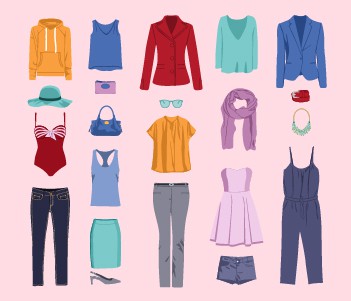
Capsule wardrobes usually contain a few staple items that can be style or accessorized to create lots of different looks.
These staples can be mixed with in fashion items to create up to date outfits. That’s the beauty of staples and capsule wardrobes, they’re versatile and reusable.
Some items to include in your capsule wardrobe include:
Little Black Dress
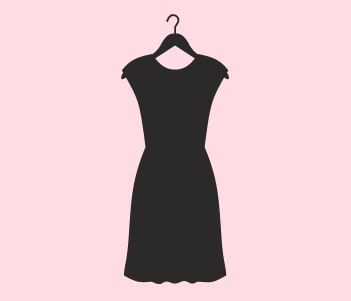
First popularized by Coco Chanel, the little black dress is a simple cut dress of knee height or higher.
These kinds of dresses can be worn to pretty much any occasion.
They can be dressed up for a cocktail party or night out with some heels and jewelry.
Alternatively, they can be paired with a blazer, cardigan, or shrug for a more formal occasion.
Having an LBD in your capsule wardrobe creates so many opportunities for you to adapt to fashion trends. You can wear it with almost anything that comes into fashion.
Classic Blazer
A simple, stylish blazer is a must have for your capsule wardrobe. Gone are the days when blazers were relegated to the board room.
Blazers are ideal for a huge range of outfits and occasions. Paired with jeans you can create a smart casual look ideal for brunch dates, evening drinks, the office or just day to day wear.
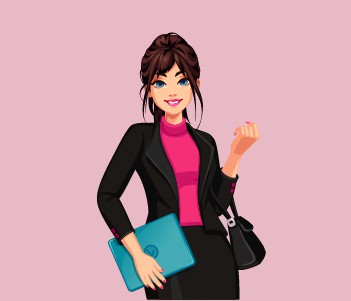
Choosing a blazer that is inspired by current fashions is a really easy way to look like you’re in the know. It’s also a low-cost way to keep your capsule wardrobe up to date.
Jeans
Jeans have been a staple in our wardrobes for over 50 years. The cut, style and embellishments may have changed through the decades, but the reliability and versatility of jeans has not.
Make sure your capsule wardrobe has a pair of in-fashion jeans. At the moment, tried and trusted skinny jeans are giving way to looser cuts. Don’t be afraid to step out of your comfort zone and try these jeans out.
Neutrals
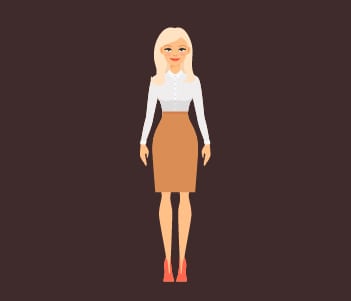
Color is wonderful to have in your wardrobe, but colors change according to the season and current fashion.
For your capsule wardrobe, which should be made up of staples that can be mixed and matched, you want some neutral colors.
When we talk about neutral colors, we mean colors that have a limited amount of colors within them. Blacks, white, grey, beige, brown, and navy are considered neutral because they aren’t heavily saturated with colorful undertones.
The great thing about neutral colors is that you can pair them with pretty much any other color or pattern. Having these neutrals in your wardrobe allows you to adapt to the incoming fashions easily.
Ideally, you want items that can be mixed and matched as your neutral items. Good choices include t-shirts, shirts, sweaters, or shoes.
3. Learn to Balance Proportions
Bodies come in all shapes and sizes and all are equally beautiful.
The key to being fashionable and stylish is not to change your body shape through fad diets or supplements.
No, the best way to look good, is to balance out your proportions.

You need to start by splitting your body into thirds when you choose outfits. Ideally, you should have a 1/3 -2/3 ratio.
This could be a top and pants which would give you 1/3 on top and 2/3 on the bottom. It could also be a dress which gives you 2/3 on top and 1/3 on the bottom.
You need to pay close attention to how long your shirts and blouses are compared to your body. This is because you can very easily end up splitting your body in half. This doesn’t look particularly flattering on anyone.
Before selecting clothes, you need to establish your own body proportions. The first thing you need to do is establish where your midline is.
Measure yourself from the top of the head to the ground. Once you have this figure divide it in two and find that point on your body.
Ideally, the midpoint should land just where your torso and legs meet. If you’re lucky enough to have a perfectly proportioned body, then you’ll find it a lot easier to fit clothes.
If your midpoint is higher or lower than your hip joint, you’ll need to be more aware of how you wear and style your clothes. This is because you’ll need to fine tune the proportion balancing.
To get the balance right, you’ll need to find your waist. The waist is the narrowest part of your torso. If your waist is less than a hands width below your bust, then you’re short waisted.
If it’s more than two hands widths below your bust, then you’re low waisted. Once you’ve worked out your waist proportion you can compensate by wearing higher or lower waisted clothes to compensate.
4. Mix Patterns and Textures
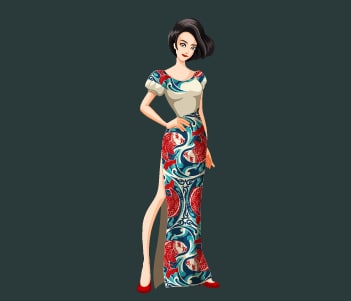
Quite often, people are afraid of patterns and textures in their clothes.
It’s true that getting the right balance can be tricky, but when done correctly mixing patterns and textures can create some wonderfully bold fashionable outfits.
First things first, remember that pattern and texture are not the same. Texture is created by the fabric of your clothes and the way they are sewn together. Lace, corduroy, and wool all create beautifully textured clothes.
Patterns are arrangements of colors on top of the fabric. Patterns can range from simple stripes to complex multicolored prints.
What patterns are ‘in’ depends on the season and the fashion. Keeping up to date with trends will help you pick the right patterns.
When it comes to mixing patterns and textures the key is to avoid matching. If, for example, you have a dense pattern on top you want a larger but quieter pattern on the bottom.
The same goes when you add textures. Lace fabrics are quite busy thanks to the intricate needlework. If you’re wearing a lace top, pair them with quieter pants to avoid looking over patterned and busy.
Corduroy is a simple texture that can pair well with busier patterns like polka dots or animal print.
To avoid patterns and textures blurring add a break. Things like belts, scarves, or shirts can be used to break up two different patterns or textures.
5. Don’t Be Scared of Colors
Black clothes are timeless, fashionable, and flattering but they’re not the be-all and end all.
Colors can really lift your wardrobe from drab to fab.
The problem is many people find choosing and mixing colors difficult.
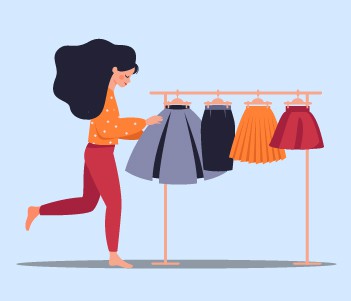
There are a few tips and tricks you can use to bring color into your wardrobe without looking like unicorn barf.
Start with monochrome.
To help get your head around colors, start out with a monochrome outfit. All items in the outfit should be the same color. You can use different shades, but the hue should be the same.
Move on to primary colors.
The primary colors are blue, red, and yellow. They form the basis of every other color. When creating outfits with these colors you can do pretty much anything. They work blocked and mixed.
Analogous colors.
The next step is to think of the color wheel and choose colors that are next to each other. These are called analogous colors and they look awesome styled together.
And finally, contrasting hues.
To master this skill, you need to return to the color wheel. This time, you’re going to pair colors with their opposites.
Like in life, opposites attract when it comes to colors. Try out some classic contrasting colors like blue and yellow, or pink and green.
Final Thoughts
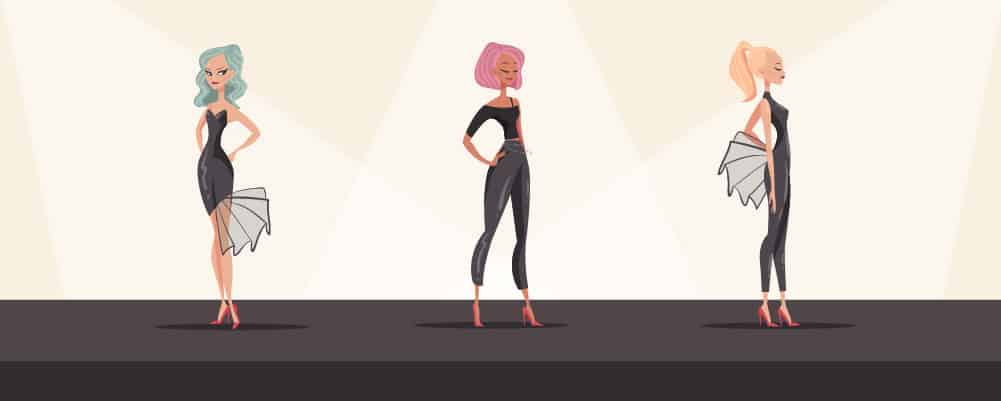
Being fashionable is not about wearing expensive clothes or designer names. It’s about making clothing choices that accentuate and elevate your natural beauty and grace.
While some people may have an inherent sense of style and fashion, others need to work hard to hone this skill.
The most important thing is to keep practicing. Try not to let bad outfits discourage you. Everyone has an experimental phase that they regret. It will pass!



